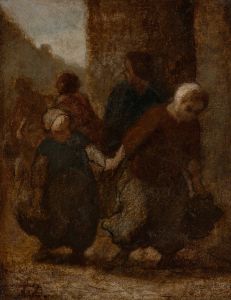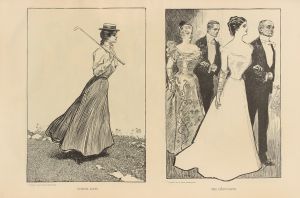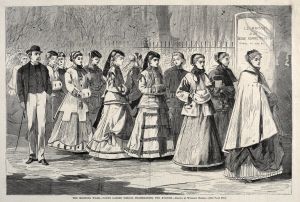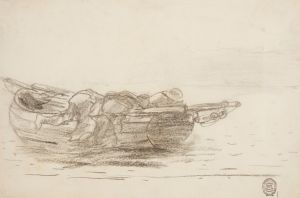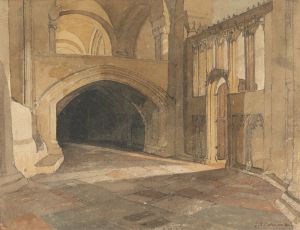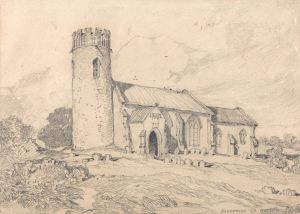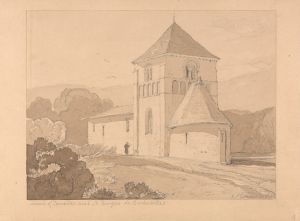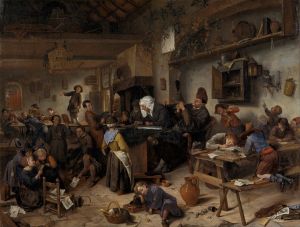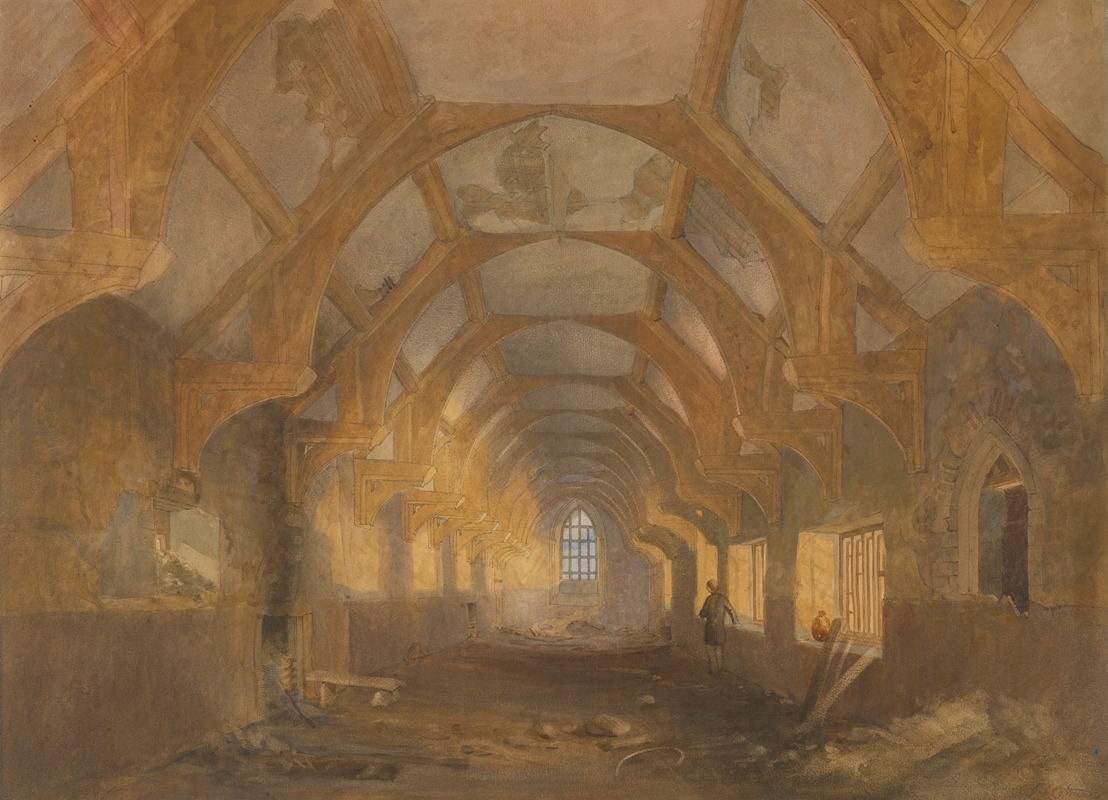
Interior of a Dormitory of the Ipswich Blackfriars at the End of its Period of Occupation by Ipswich School
A hand-painted replica of John Sell Cotman’s masterpiece Interior of a Dormitory of the Ipswich Blackfriars at the End of its Period of Occupation by Ipswich School, meticulously crafted by professional artists to capture the true essence of the original. Each piece is created with museum-quality canvas and rare mineral pigments, carefully painted by experienced artists with delicate brushstrokes and rich, layered colors to perfectly recreate the texture of the original artwork. Unlike machine-printed reproductions, this hand-painted version brings the painting to life, infused with the artist’s emotions and skill in every stroke. Whether for personal collection or home decoration, it instantly elevates the artistic atmosphere of any space.
John Sell Cotman’s painting Interior of a Dormitory of the Ipswich Blackfriars at the End of its Period of Occupation by Ipswich School is a work that reflects the artist’s interest in architectural subjects and historical settings. Cotman, a prominent figure in the Norwich School of painters, was known for his detailed and atmospheric depictions of buildings and ruins, often capturing the interplay of light and shadow within these spaces.
This particular painting depicts the interior of a dormitory within the Ipswich Blackfriars, a Dominican friary located in Ipswich, Suffolk, England. The Blackfriars was originally established in the 13th century as a religious institution for the Dominican order, also known as the Black Friars due to the color of their habits. Following the Dissolution of the Monasteries under King Henry VIII in the 16th century, the friary was repurposed for various uses over the centuries. By the time of Cotman’s painting, the site had been occupied by Ipswich School, a historic educational institution founded in 1399.
The painting captures the dormitory at the end of its use by Ipswich School, showcasing the architectural features of the space, such as its vaulted ceilings and stone walls. Cotman’s attention to detail highlights the aged and weathered condition of the structure, emphasizing its historical significance and the passage of time. The work is characteristic of Cotman’s style, which often combined precise architectural rendering with a sense of mood and atmosphere.
While the exact date of the painting is not specified, it aligns with Cotman’s broader body of work, which frequently explored historical and ecclesiastical architecture. His ability to convey the character of such spaces has made his works valuable both artistically and as historical records of England’s architectural heritage.
No further detailed information about the painting’s commission, current location, or provenance is readily available.





